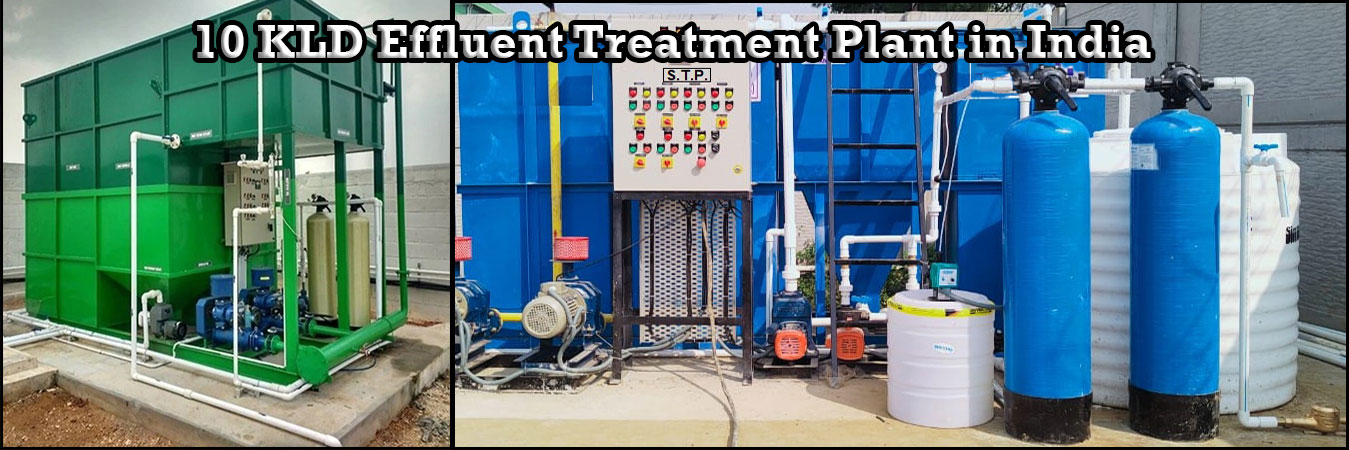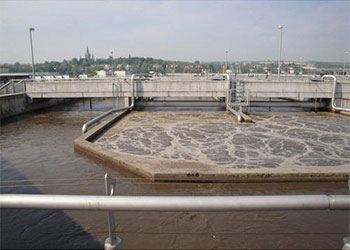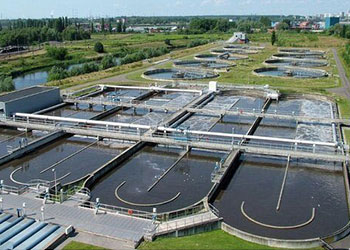
WELCOME
GJ WATER TECHNOLOGIES
- Technical Specification
- Gallery
- Quick Inquiry
- Wastewater Treatment Plant Chennai
- WTP Plant in Chennai
- Effluent Treatment Plant Consultant
- ETP Plant Consultant
- Sewage Treatment Plant Consultant
- STP Plant Consultant
- Industrial RO Plant
- SS RO Plant
- Iron Removal Water Plant
- Mineral Water Plant
- Waste Water Recycling Plant Construction
The price of a 10 KLD (Kiloliters per day) Effluent Treatment Plant (ETP) can vary significantly depending on various factors. ETPs are essential in industries to treat wastewater and ensure compliance with environmental regulations. Several factors can influence the cost of such a plant.
Capacity: The size or capacity of the ETP is a primary determinant of its price. A 10 KLD plant is relatively large and, therefore, more expensive than smaller units.
Technology: The choice of technology used in the ETP affects its cost. Advanced treatment methods and automation systems can increase the price.
Material and Components: The quality of materials and components used in the construction of the ETP also influences the price. High-quality materials and advanced components tend to cost more.
Customization: Customized ETPs designed to meet specific industry requirements can be more expensive than standardized solutions.
Location: The location of the ETP project can impact costs due to differences in labor, permitting, and infrastructure expenses.
Regulatory Compliance: Meeting stringent environmental regulations may necessitate additional features and processes, which can raise the price.
Maintenance and Operating Costs: Consider long-term costs, including maintenance and operational expenses, which can affect the overall cost of ownership.
In general, a 10 KLD ETP plant can range in price from hundreds of thousands to millions of dollars, depending on these factors. It's crucial for businesses to carefully assess their wastewater treatment needs, budget constraints, and regulatory obligations when determining the appropriate ETP investment.
Gallery



